Please note: In September 2019, we updated the DXOMARK Mobile test protocol to cover ultra-wide-angle performance and have renamed the protocol DXOMARK Camera. We also expanded our low-light testing and created the new Night sub-score, which incorporates the previous Flash score. We have retested this device using the new Wide and Night test protocols and updated this review. The updated elements and scores are right at the top; you can still find the original review further down the page. For more information, please see the articles about our new Wide and Night test protocols.
Announced in October 2018, the Huawei Mate 20 Pro was the Chinese manufacturer’s top-end device for 2018, direct competing with the Apple iPhone XS Max, the Google Pixel 3 XL, the Samsung Galaxy Note 9, and other heavy-hitters at that time. The Mate 20 Pro comes with a Leica-branded triple-camera setup with wide-angle and telephoto modules, offering a 35mm-equivalent focal length range from 16 to 80mm—the widest of all smartphone cameras at the time of launch.
Update summary


The Huawei Mate 20 Pro was a super-phone in every sense at its launch, and is still a very capable camera almost one year later. Its triple-lens setup is capable of producing excellent image output in most situations, still securing the Mate 20 Pro one of the top spots in our DXOMARK Camera ranking. It is capable of capturing images and videos with pleasant colors, accurate exposure and decent detail, and thanks to the 3x optical zoom, it is still a great option for zoom shots as well. The Mate 20 Pro’s results under our new Wide and Night test protocols are in line with its general camera performance and thus don’t have any major impact on its position in the overall ranking.
The Huawei Mate 20 Pro’s ultra-wide angle camera comes with a 16mm-equivalent field of view. This is not as wide as some of the latest top-end devices—for example, the Samsung Galaxy S10+ at 12mm, but puts it on a level similar to many other competitors. Overall, when shooting with its ultra-wide camera, the Mate 20 Pro delivers a performance that puts it in the middle of the pack for our new Wide ranking. As long as you shoot at the default focal length and in bright conditions, image quality is decent; however, things go downhill when zooming in or when shooting in low light.
The Mate 20 Pro is currently one of the best devices we have tested using our new Night protocol, but compared to images taken in bright light, image quality is still pretty low. Generally speaking, when shooting in dim conditions, the Mate 20 Pro is best used with the flash forced off. You’ll have to live with some visible noise and color casts in this mode, but exposure is very good, detail is rendered relatively well, and dynamic range is decent. The Mate 20 Pro also comes with a dedicated Night mode, but the results are disappointing and the mode is best avoided.
Read the following in-depth sections for more information on the Huawei Mate 20’s Wide and Night performance.

Wide
Huawei Mate 20 Pro
34
At a 16mm equivalent the Huawei Mate 20 Pro doesn’t offer the widest field of view at wide-angle settings, but it is nonetheless in line with many of its competitors. In terms of wide-angle image quality, it delivers a middle-of-the-road performance. Image quality is decent at its default focal length and in outdoor conditions, but drops somewhat when zooming in with the wide-angle camera and under typical indoor lighting.
At the default focal length, target exposure is good and dynamic range is wide. The level of captured detail is not great, but comparable to competing devices. It does decrease as you zoom in, though, and we also found that it renders portrait details in a slightly unnatural way, as you can see in the sample below.
Color is also decent at the default focal length but can become slightly desaturated at longer focal lengths. In terms of artifacts, a loss of sharpness in the field is very noticeable, as is color fringing, especially in outdoor conditions.
In indoor conditions, the Mate 20 Pro’s wide-angle camera loses points for white balance casts and noise, as well as for very noticeable highlight clipping. The latter is clearly visible in the comparison below. The area around the light bulb is widely clipped in the Mate 20 Pro image, and there is also a noticeable hue shift around the clipped area. Huawei’s newer model P30 Pro is capable of capturing visibly better highlight detail, but does not come close to the LG G8’s wide-angle camera , which displays excellent dynamic range and highlight rendering in this test scene.
If you open the full-size view of the Huawei image, you’ll also see a very obvious reduction of detail towards the corner of the frame, for example on the top right corner of the Styrofoam block on the background.

Night
Huawei Mate 20 Pro
53
The Mate 20 Pro occupies a top position in our new Night ranking. This said, the distance to the top is pretty small, and there is still quite a bit work for the engineers to do to improve low-light image quality.
Results aren’t totally repeatable when setting the flash to auto mode, with the flash sometimes triggering for landscape shots, which can cause very intrusive image noise and a lack of contrast. When the flash does not trigger, it accurately exposes images of the same scenes, though, and noise is much better controlled. The level of captured detail is still low, however, and some color casts are also visible.
In auto mode, the flash does not always trigger even when it detects a face in the scene. When it does trigger, the dynamic range in the scene is quite limited, with the background rendered very dark and some clipping appearing on skin tones. When it does not trigger, target exposure can be slightly low on faces, and depending on the scene, highlight clipping can occur in the background, as can be see in the samples below.

With the flash switched off, the Mate 20 Pro is one of the better devices for exposure that we have tested so far, with highlight clipping well under control. It also shows comparatively good detail. However, a lot of noise is visible, especially in dark skies, and the white balance can turn yellow and green under sodium vapor illumination. Still, the flash-off option is your best bet overall when using the Mate 20 Pro in low light.
With the flash forced on, the Huawei Mate 20 Pro is capable of achieving very good flash results for a smartphone camera. When using the flash in complete darkness, images show good target exposure and a decent compromise between texture and noise. There is some color shading and color quantization visible on skin tones, however, and we also saw some slight focus inconsistencies between shots in a series.
When mixed with low 5 lux tungsten light, flash images tend to show a slight yellowish color cast as well as color shading, along with noticeable light fall-off towards the edges of the frame. We also observed a red-eye effect in some images, but the camera captures good levels of detail while keeping noise down.
The Huawei also features a dedicated night mode Night mode, but it’s difficult to recommend using it. In very low light, target exposure is actually darker than in default mode, which is particularly unhelpful for low-light portrait shots.
Huawei Mate 20 Pro camera review (originally published January 18, 2019)
The Huawei Mate 20 Pro is the Chinese manufacturer’s latest top-end device—one that is in direct competition with the Apple iPhone XS Max, the Google Pixel 3 XL, the Samsung Galaxy Note 9, and other heavy-hitters. Building on the P20 Pro’s camera technology, the Mate 20 Pro comes with a Leica-branded triple-camera setup, but swaps its stable-mate’s monochrome camera for a super-wide-angle module, offering a 35mm-equivalent focal length range from 16 to 80mm—the widest of all current smartphone cameras. (This said, as with other smartphones with a similar setup, we did not test the Mate 20 Pro’s super-wide-angle module, so it does not have an impact on its DxOMark scores.)
Other components housed in the IP68-rated glass and metal body are all worthy of a premium device as well. Processing and other tasks are powered by Huawei’s new Kirin 980 chipset, and users can compose and view images on a large 6.39-inch HDR OLED display with 1440 x 3120 pixel resolution. Read the full report to find out how the Mate 20 Pro performed in our camera tests.
Key camera specifications:
- Triple camera
- 40Mp main camera with 1/1.7″ sensor; f/1.8-aperture, 27mm-equivalent lens
- 20Mp super-wide-angle with f/2.2-aperture, 16mm-equivalent lens
- 8MP tele with f/2.4 aperture, OIS, 80mm-equivalent lens
- PDAF + laser AF
- Dual-tone LED flash
- 4K video at 30fps (1080p/30fps at default settings)
Test summary
Achieving an overall DxOMark Mobile score of 109 points, the Huawei Mate 20 Pro shares the number one spot in our DxOMark Mobile ranking with its cousin, the P20 Pro. Like the latter, it delivers an outstanding still image performance, resulting in a Photo score of 114 points. At 97 points, the Mate 20 Pro’s video score is just one point lower than the P20 Pro’s, meaning that the latest Huawei flagship can provide top-quality photo and video results in almost any shooting situation.
In stills mode, the Mate 20 Pro’s triple-camera captures images with good target exposure and a wide dynamic range, recording both good highlight and shadow detail even in difficult high-contrast situations. Noise levels are well under control down to low light levels, and the camera’s white balance system and color rendering settings produce a pleasant color response in almost all circumstances. Add a fast and consistent autofocus and excellent zoom capabilities to the mix, and the Mate 20 Pro is hard to beat for stills.
Despite the well-deserved praise, there is still some room for improvement, of course. When viewing images at pixel level, we often found that the Mate 20 Pro rendered fine textures a little unnaturally, and we detected some ringing around hard edges. In images shot in bokeh simulation mode, faces are often quite soft, with low levels of detail; and the autofocus can be a little inconsistent when using the LED flash.
But the Mate 20 Pro is not only an outstanding smartphone for still images. It’s very close to the best for video as well, thanks to a fast and smooth autofocus system with good tracking performance, accurate white balance as well as pleasant color rendering, and low levels of noise, especially in bright shooting conditions. Our testers also liked the exposure system’s ability to adapt quickly and smoothly to changes in illumination.
Video stabilization is efficient when recording while holding the camera still, but it could be better at keeping things steady while walking, especially in lower light conditions. We also saw a judder effect while panning the camera and a loss of detail on some fine textures. None of these problems are particularly intrusive, though.
Photo scores explained
With a total photo score of 114, the Huawei Mate 20 Pro ties the record-setting score of its cousin, the P20 Pro. The overall Photo score is calculated from sub-scores in tests that examine different aspects of its performance under different lighting conditions. In this section, we’ll take a closer look at these image quality sub-scores.
Exposure (95)
The Huawei Mate 20 Pro camera achieves an outstanding score for exposure, thanks to very good target exposure in almost all situations and a very wide dynamic range that ensures good highlight and shadow detail, even in difficult high-contrast scenes. In the high-contrast comparison scene below, all the cameras offer similar levels of highlight detail, but the Mate 20 Pro squeezes noticeably more detail out of the shadow areas than the P20 Pro and iPhone XS Max.
Compared to the P20 Pro, the Mate 20 Pro improves slightly on target exposure in backlit scenes. In the sample shots below, you can see that the Mate 20 Pro has exposed the subject slightly more brightly than the P20 Pro. The iPhone XS exposure sits between the two Huawei smartphones.
The Mate 20 Pro camera also performs impressively well in very-low light conditions and is capable of producing good exposures down to 1 lux. This makes the new Huawei an interesting device for anyone who must occasionally capture images in very dim conditions.

Color
Huawei Mate 20 Pro
87
The Mate 20 Pro also performed very well in our color tests. Color rendering and white balance are good in all conditions, and there aren’t any real color issues to report on. As with the P20 Pro, saturation tends to be a touch more natural and therefore lower than for some competitors’ smartphones. In the comparison below, you can see that the iPhone XS image is noticeably more saturated and vibrant than the two Huawei devices.
We observed some very slight color shading towards the edges of the frame in some images, but the effect is hardly noticeable most of the time. We also found that the Huawei’s auto white balance system works particularly well in portraits and improves over the P20 Pro, producing generally warm and pleasant skin tones in most outdoor situations. On the downside, we observed low levels of skin tone saturation in some indoor portraits.
Texture (74) and Noise (78)
The Mate 20 Pro’s image processing finds a good compromise between detail retention and noise reduction. In terms of image detail, the new device performs on a very similar level as the P20 Pro, but applies less sharpening, making images look a little less crisp but more natural when viewed at 100%. The iPhone XS also applies a little stronger sharpening than the Mate 20 Pro, resulting in good edge detail, but overall, the Mate 20 Pro is the best device for rendering fine low-contrast textures, such as the grass in this scene, in this comparison.
In low light, the Mate 20 Pro is capable of distancing itself slightly from the competition, visibly delivering the best detail in our 20 lux comparison. As you can see in the crops below of our lab chart, fine textures in the subject’s skin and hat are slightly better preserved in the Mate 20 Pro image than in either the P20 Pro or the iPhone image.
The Mate 20 Pro produces good image detail across light levels, and is at the same time capable of keeping image noise low. In bright outdoor shooting conditions, noise is pretty much unnoticeable. In lower light, some fine luminance noise becomes visible, but is still always well under control. In the image of our studio chart captured at very low light (5 lux), the Huawei models are very close, and both capture a noticeably cleaner image than the iPhone XS.

Autofocus
Huawei Mate 20 Pro
99
The Huawei Mate 20 Pro’s autofocus is fast, accurate, and repeatable across all light levels, earning itself an excellent score of 99 points. As you can see in the graph below, even at a low light level of 20 lux, the AF locks on instantly after pressing the shutter, and consistently delivers sharp results. The system is not quite perfect, however. In some low-light and indoor scenes, we saw the AF lock onto the background rather than the main foreground subject. Hopefully this can be fixed at some point via a software update.

Artifacts
Huawei Mate 20 Pro
71
We found a range of artifacts in the Huawei Mate 20 Pro image output. However, the good news is that none of them are very strong and you have to look quite closely to spot any of the imperfections.
When viewing at 100%, you can see ringing around some hard edges on some occasions, especially in indoor conditions. On closer inspection, we also found some moiré in fine patterns and very slight ghosting on some moving subjects in high-contrast scenes. An aliasing or “jagged line” effect is often noticeable on diagonal lines in the image, such as on the building in the sample below.
The Huawei Mate 20 Pro is capable of achieving very good flash results for a smartphone camera. When using the flash in complete darkness, images show good target exposure and a decent compromise between texture and noise. There is some color shading and color quantization visible on skin tones, however, and we also saw some slight focus inconsistencies between shots in a series.
When mixed with low 5 lux tungsten light, flash images tend to show a slight yellowish color cast as well as color shading and noticeable light fall-off towards the edges of the frame. We also observed a red-eye effect in some images, but the camera captures good levels of detail while keeping noise down.

Zoom
Huawei Mate 20 Pro
70
Thanks to its 3x optical zoom lens, the Huawei Mate 20 Pro is one of the best performers we have seen in the zoom category, but not the best. In the comparisons below, you can see that at both short- and medium-range zoom, the Mate 20 Pro is noticeably better than the iPhone XS, but in terms of image detail, it is not quite on the same level as its Huawei stable-mate, the P20 Pro—likely due to the fact that the company replaced the P20 Pro’s high-resolution monochrome image sensor with a super-wide-angle variant on the newer model. The P20 Pro is a little noisier, though.
The differences between cameras become even more obvious at medium-range zoom distances. Although not quite on the level of the P20 Pro, the Mate 20 Pro’s detail is very good, with noise well under control in both outdoor and typical indoor conditions when zooming. This said, however, fairly strong desaturation is visible in some images. We can also see a color artifact in the Mate 20 Pro image below: notice how some high-contrast edges are completely desaturated. The same effect is also visible in the P20 Pro image.

Bokeh
Huawei Mate 20 Pro
60
The Huawei Mate 20 Pro achieves good bokeh simulation results in its Portrait mode, although the quality has decreased just a touch when compared to the P20 Pro. The newer model shows a few more depth artifacts under closer inspection, but the differences are quite small, and subject isolation in general is quite accurate on the Mate 20 Pro.
Bokeh shape and spotlight rendering are fairly good, and the Mate 20 Pro not only blurs the background, but also objects in the foreground, achieving a more natural effect than some competitor devices. On the downside, subjects are often a touch soft and sometimes even out of focus.

Video scores explained
The Huawei Mate 20 Pro achieves a very good Video score of 97 points, just one point below the P20 Pro. Its only real weak points are the stabilization that generates a noticeable drift, and noise in low light. We calculate the overall video score using the following video sub-scores: Exposure (84), Color (90), Autofocus (98), Texture (58), Noise (78), Artifacts (84), and Stabilization (92).
Video footage recorded with the Mate 20 Pro generally shows good target exposure, with good exposure transition under changing light levels and good exposure down to light levels as low as 5 lux. Dynamic range is not as good as the best in class, but it’s on a very similar level to that of the P20 Pro. Some clipping is noticeable in high-contrast scenes in both highlight and shadow areas, and we also observed some exposure instabilities during recording.
Color in video is generally good, although there is sometimes a slight desaturation visible on very fine details. We also saw some stepping in white balance transitions. In low light, the white balance can produce a slightly pink cast, but footage remains usable, and the white balance system performs well overall.
Compared to its stable-mate P20 Pro, the Mate 20 Pro comes with a slightly less happy compromise between texture and noise when shooting video. Detail is pretty much on the same level, but the Mate 20 Pro footage shows higher levels of noise, especially in low light. Things look better in brighter conditions, though. Footage is pretty clean in outdoor conditions, and in indoor conditions, noise is not too coarse. We also see some noisy edges in low light; other artifacts we found in the Mate 20 Pro footage include a judder effect when panning, color quantization in the sky, and compression artifacts.
Just like in stills mode, the autofocus performs well for video. We did not experience any focus failures and tracking during our testing; moreover, focus transitions are accurate and smooth. One minor point of criticism is a slight loss of focus in some macro scenes.
The stabilization system has some room for improvement, as it isn’t very efficient when walking or running, with a lot of high-frequency camera motion noticeable in the footage. Overall, however, the Mate 20 Pro is an excellent device for mobile video recording.
Conclusion
The Huawei Mate 20 Pro is a super-phone in every sense, and that is especially true when looking at its camera. The triple-lens setup is capable of producing excellent photo and video results across all shooting situations and deservedly shares the top position in the DxOMark Mobile ranking with its slightly smaller sibling, the P20 Pro, outperforming prominent competitors such as the iPhone XS Max, the Samsung Galaxy Note 9, and the HTC U12+. It’s worth keeping in mind that the Mate 20 Pro comes with a super-wide-angle lens that does not have an impact on our score, but compared to the P20 Pro and other devices that don’t have this feature, the lens offers an added degree of flexibility that could be very important to many photographers.
Still images show pleasant colors, good exposure and dynamic range, and a well-balanced approach to detail retention and noise reduction. Thanks to its 3x optical zoom lens, the Mate 20 Pro is also one of the best smartphones for zooming. Videos display many of the same characteristics as still images. Stabilization isn’t terribly effective while walking, and we observed a few video artifacts, but those are all relatively minor quibbles. Overall, the Huawei Mate 20 Pro is an easy recommendation to pass on to both mobile photographers and video shooters.
Photo pros
- Well-controlled levels of image noise, even in low light
- Good target exposure and wide dynamic range
- Pleasant white balance and color rendering
- Fast and repeatable autofocus in most conditions
- Good zoom
Video pros
- Fast and smooth autofocus with good tracking
- Efficient stabilization when holding the camera still
- Accurate white balance and pleasant colors
- Low noise levels, particularly in bright light
- Good exposure adaption to changing light conditions
Photo cons
- Unnatural rendering of fine details
- Loss of fine detail on faces in bokeh mode
- Autofocus inconsistencies when using flash
- Ringing
Video cons
- Camera shake when walking while recording, especially indoors
- Lack of fine detail
- Judder


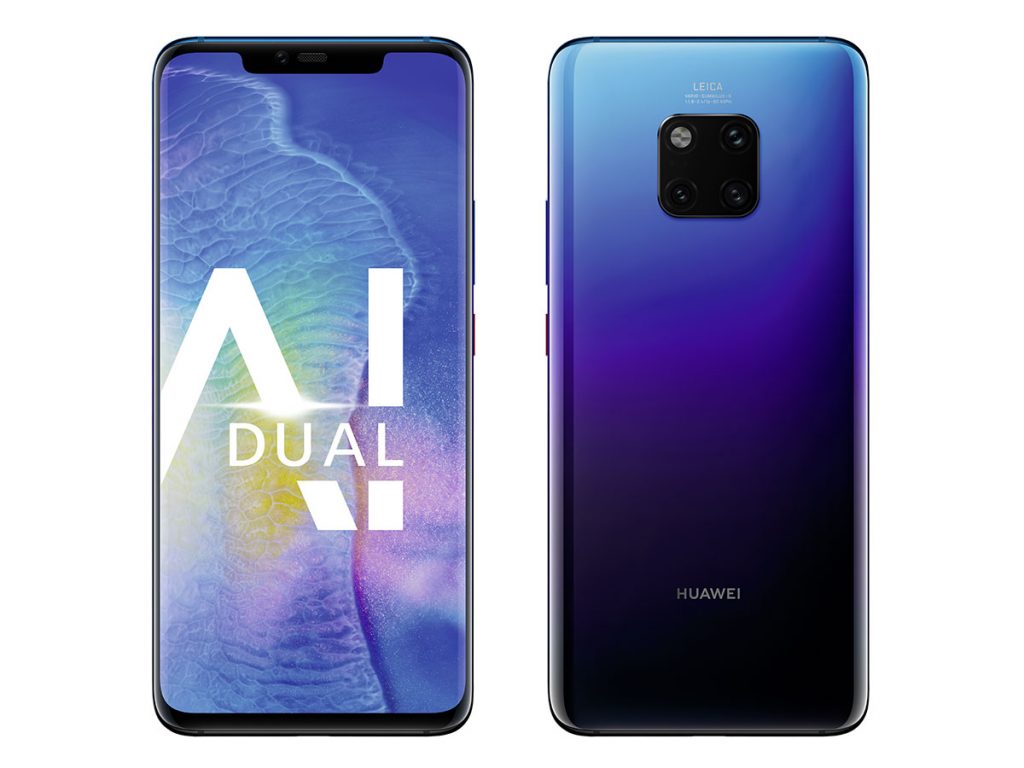

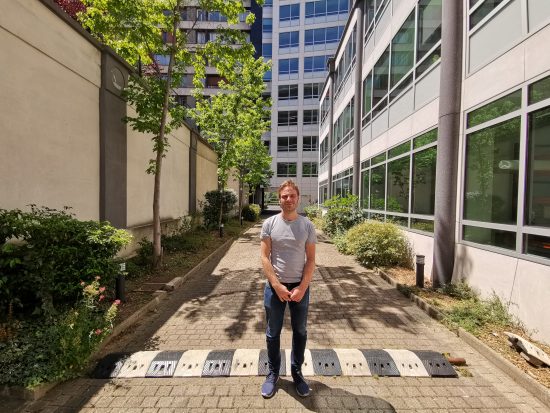

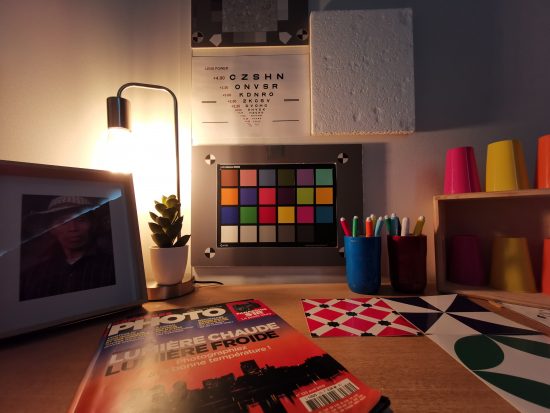
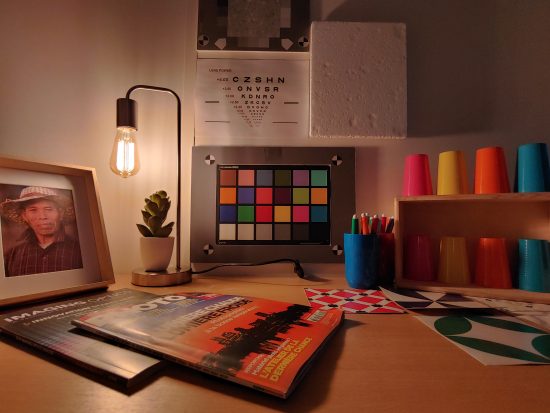
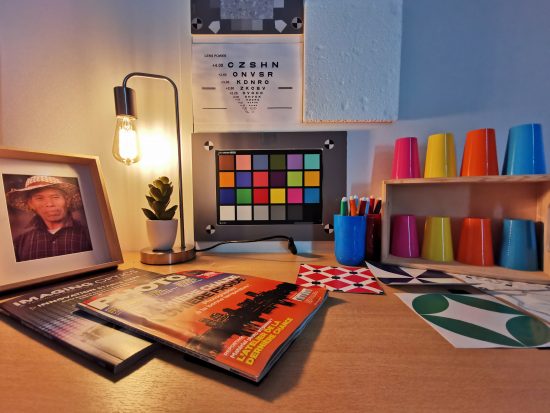
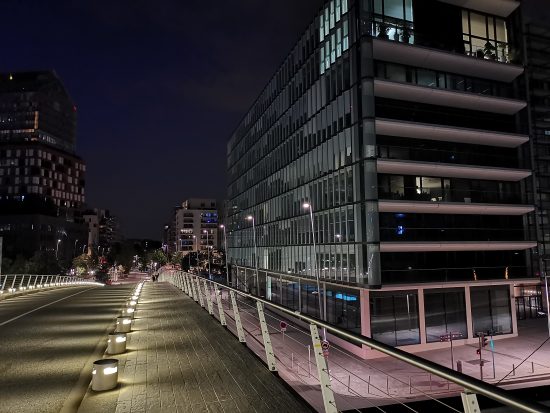








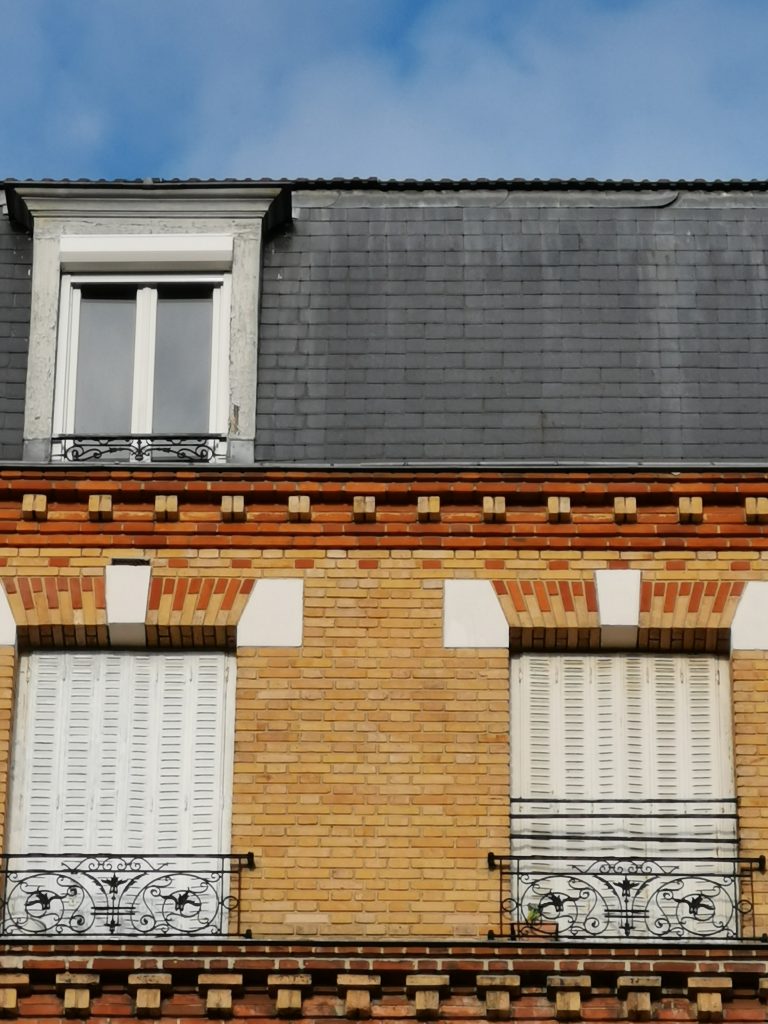

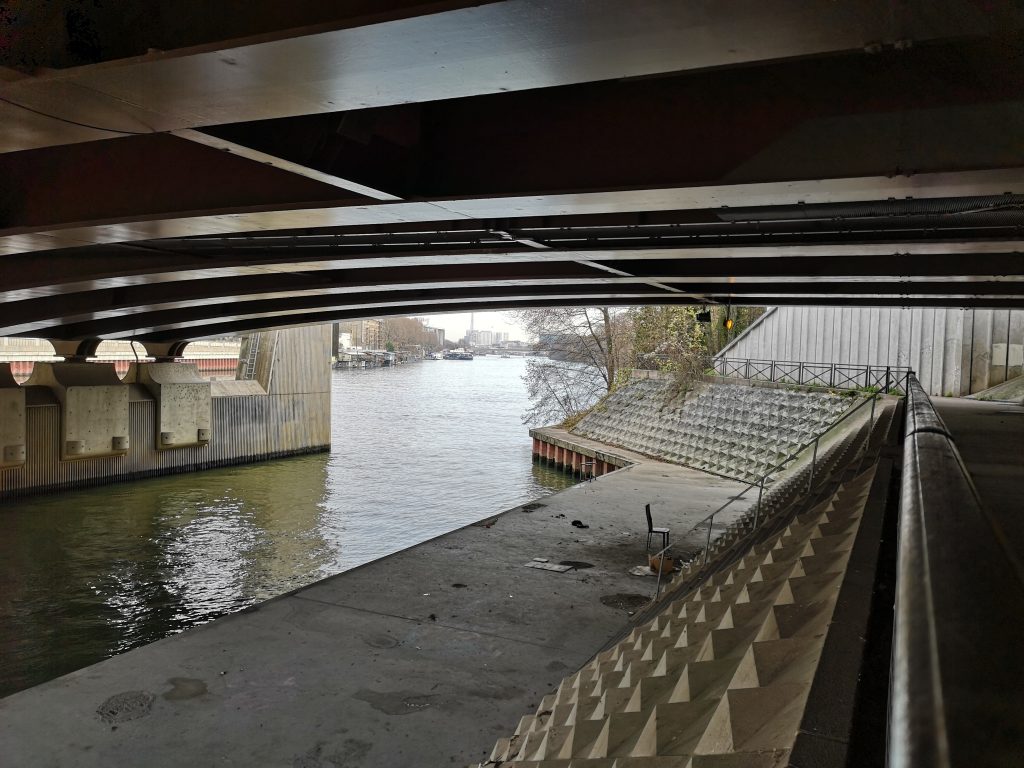




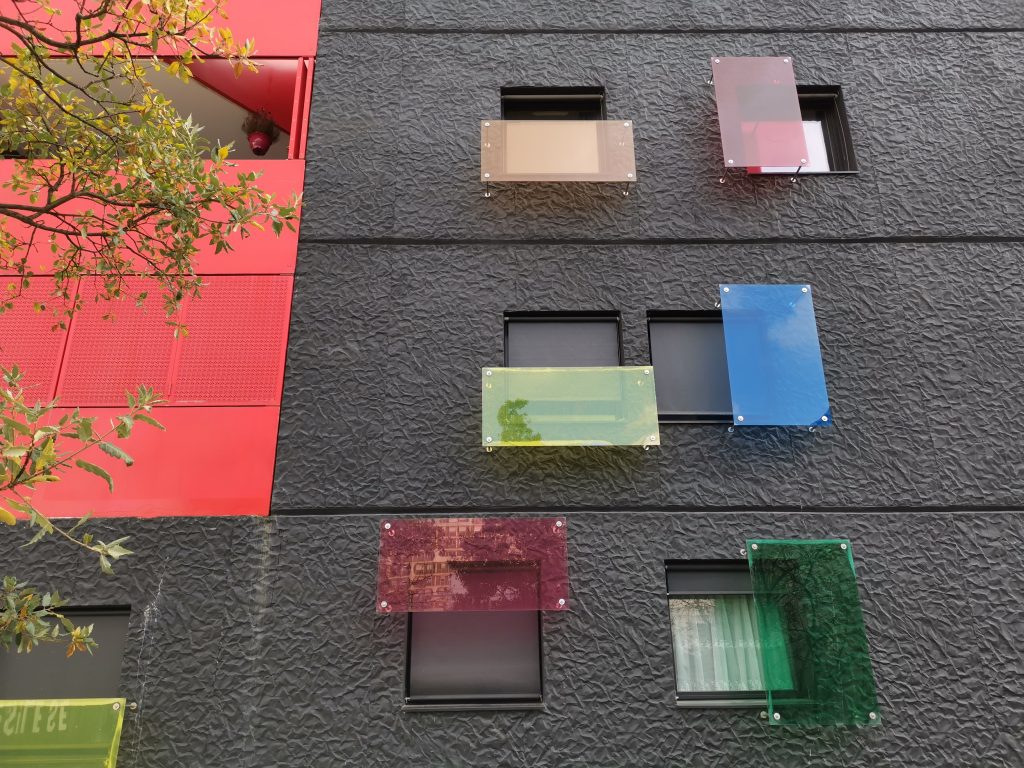
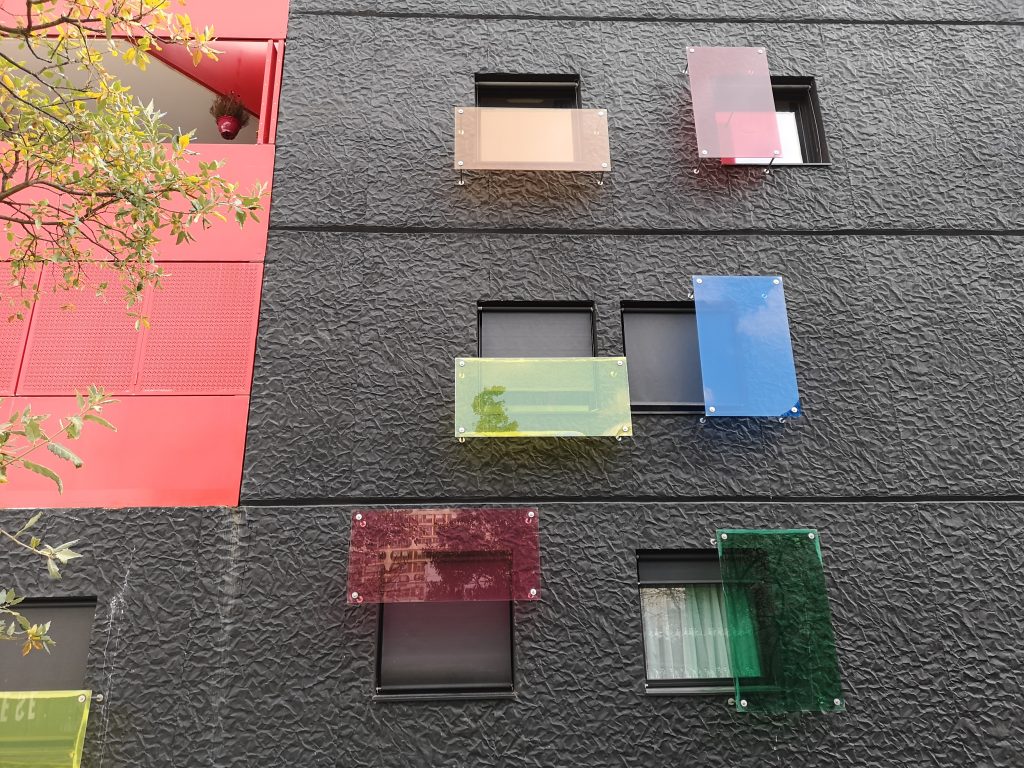
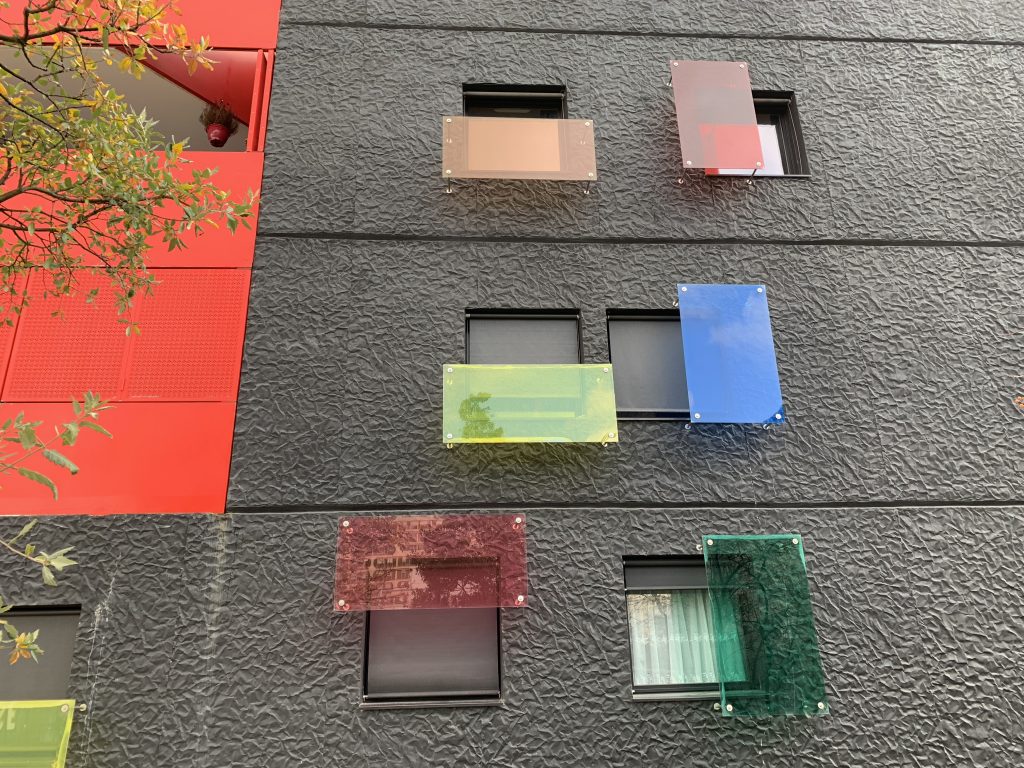




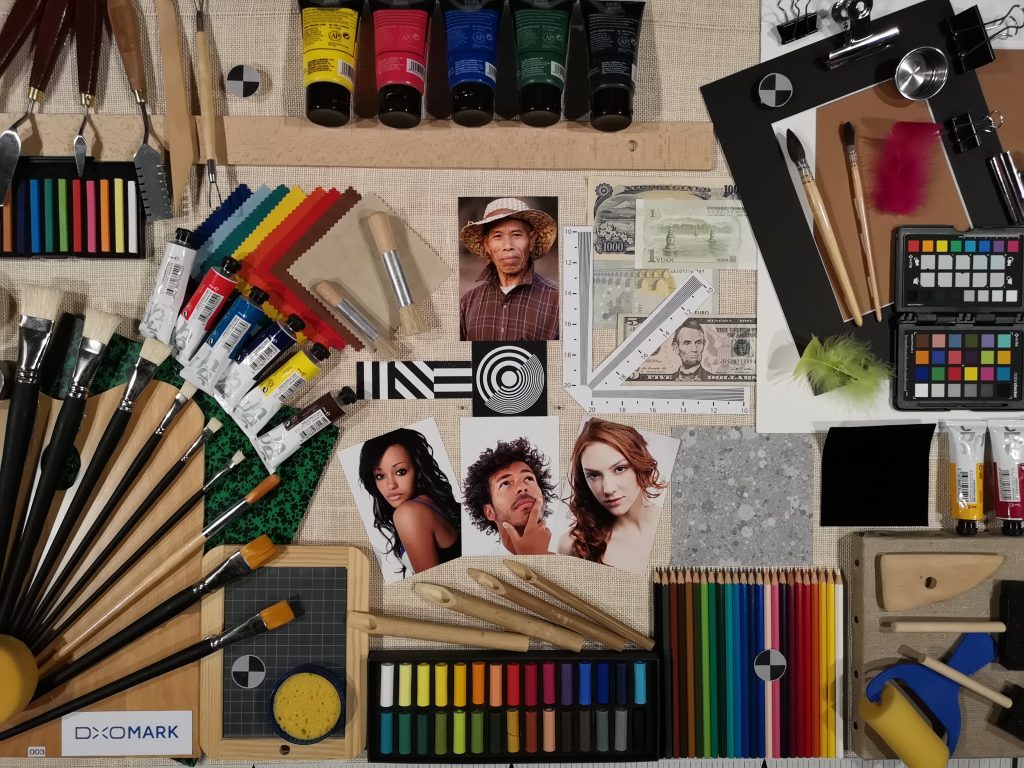




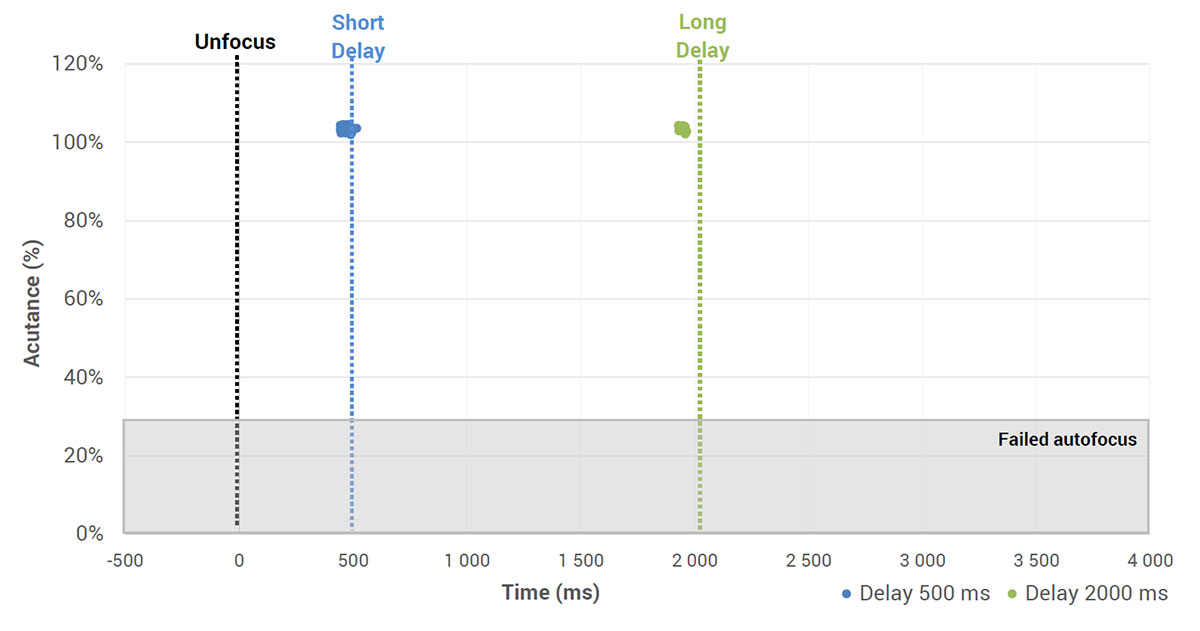




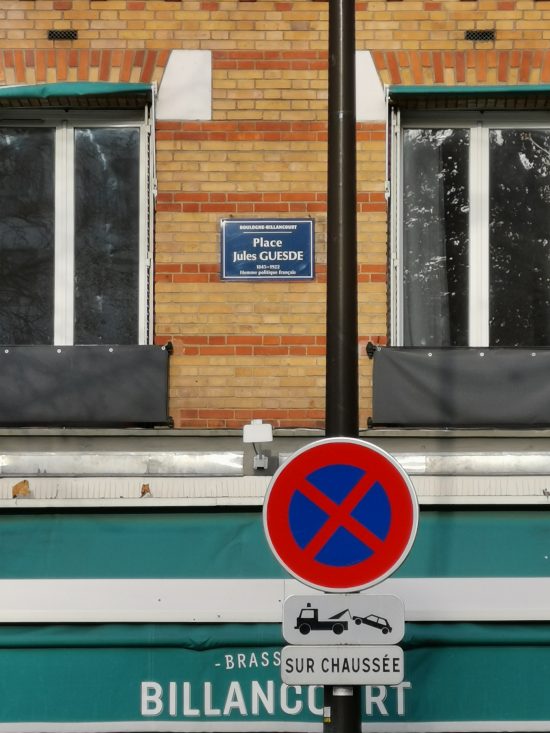
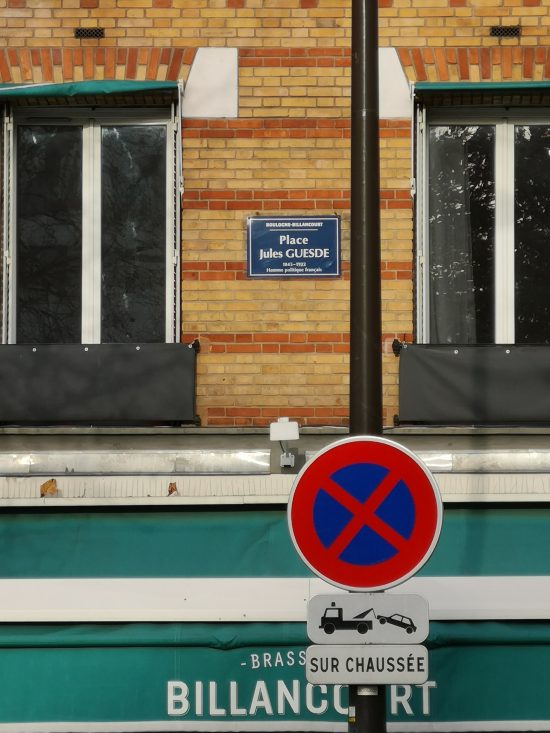
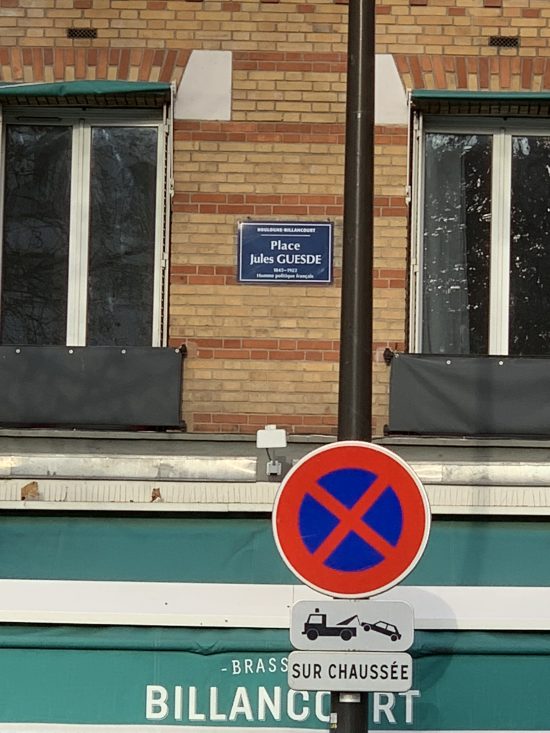


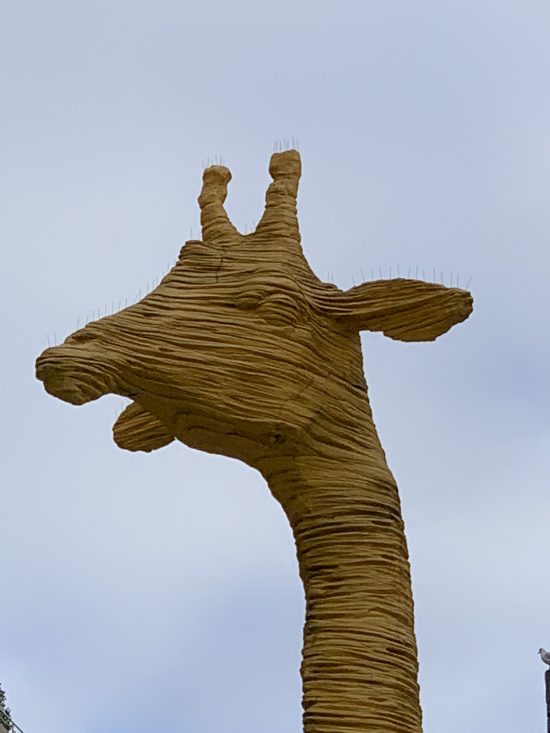

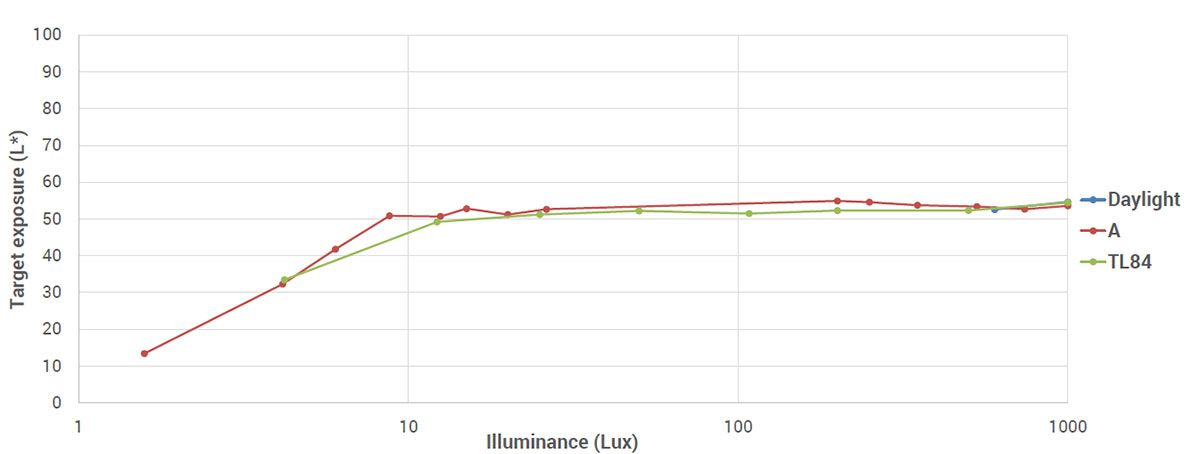
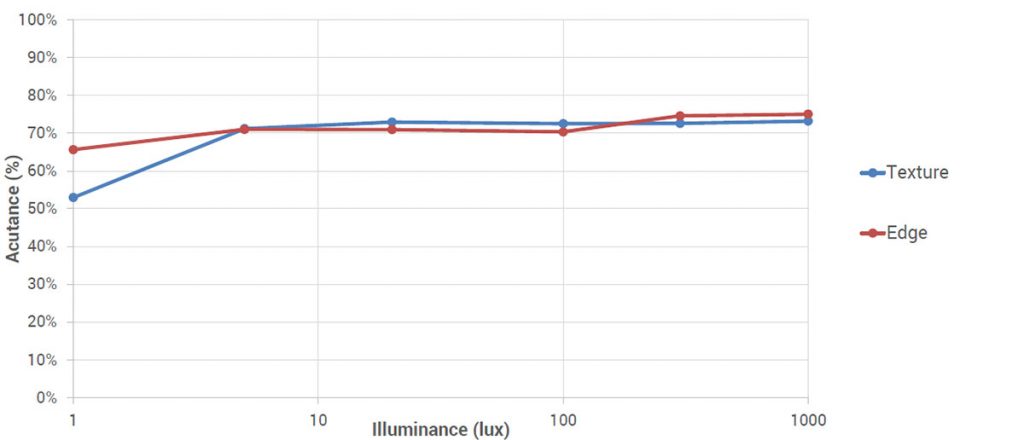
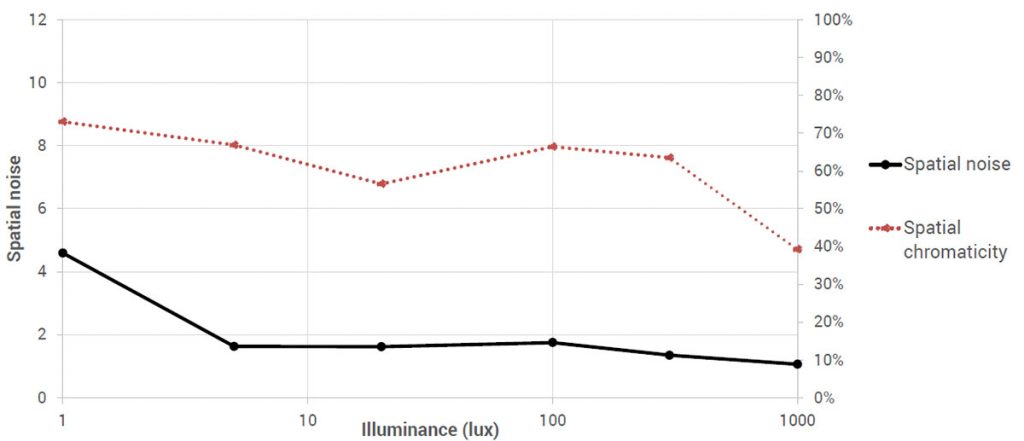





DXOMARK encourages its readers to share comments on the articles. To read or post comments, Disqus cookies are required. Change your Cookies Preferences and read more about our Comment Policy.